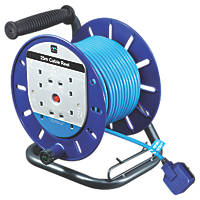Hi,
I have a few light fittings like the one picture below. I think that the house was, at least partially, rewired back in the early nineties.
Could a new light fitting be connected to the wiring that is currently there? If not, what would need to be done first?
If no other work is required, would it be legal for a DIYer to fit a new light?
If legal, how complicated would it be?
Any advice would be much appreciated.



I have a few light fittings like the one picture below. I think that the house was, at least partially, rewired back in the early nineties.
Could a new light fitting be connected to the wiring that is currently there? If not, what would need to be done first?
If no other work is required, would it be legal for a DIYer to fit a new light?
If legal, how complicated would it be?
Any advice would be much appreciated.








